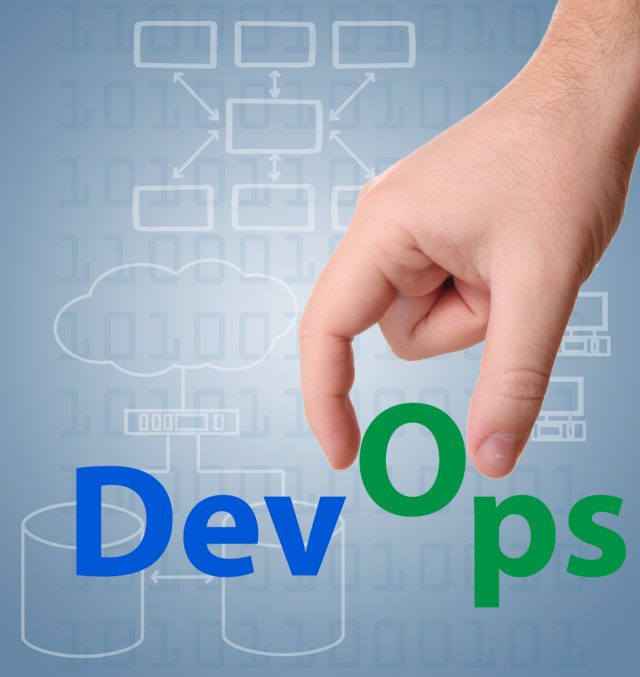Culture not tech is a barrier to DevOps success

While 83 percent of IT decision makers say their organizations are implementing DevOps practices, many have stalled at a mid-stage of evolution.
A report from infrastructure automation company Puppet shows that it isn't technology but rather cultural blockers which remain the biggest hurdle to reaching DevOps maturity.
The most common culture blockers at the mid-level include a culture that discourages risk (21 percent), unclear responsibilities (20 percent), de-prioritizing fast flow optimization (18 percent), and insufficient feedback loops (17 percent).
Organizational structure and team dynamics matter too. The report finds 91 percent of highly evolved teams report a clear understanding of their responsibilities to other teams compared to only 32 percent of low-evolution teams. Fewer than two percent of high-level organizations report resistance to DevOps from the executive level compared to 13 percent of those in the low-evolution firms.
"A standout finding from the report is the importance of team identities; organizations with less ambiguous team names with more clearly defined team responsibilities are more likely to be more highly evolved in their DevOps journey," says Nigel Kersten, Field CTO at Puppet. "The title 'DevOps team' is misleading, as it allows many organizations to assume that having a DevOps team means they are doing DevOps correctly. We recommend less ambiguously named stream-aligned and platform teams, as seen in the Team Topologies model, which create a more well-defined path to achieving DevOps success at scale."
Among other findings, 65 percent of mid-evolution firms report using the cloud, yet only 20 percent are using it to its full potential. High-evolution teams use cloud better with 57 percent satisfying all five NIST cloud capability metrics compared to only 5 percent of low-evolution respondents.
Automation and DevOps don't necessarily go hand-in-hand either, 90 percent of high-evolution teams have automated their most repetitive tasks compared to only 67 percent of mid-level and 25 percent of low-evolution teams.
Among highly evolved organizations, 51 percent integrate security into their requirements, 61 percent into design, 53 percent into build, and 52 percent into testing. This is in contrast to mid-level organizations in which security becomes involved only when there is a scheduled audit of production or an issue reported in production.
The full report is available from the Puppet site.
Image credit: tkemot / depositphotos.com